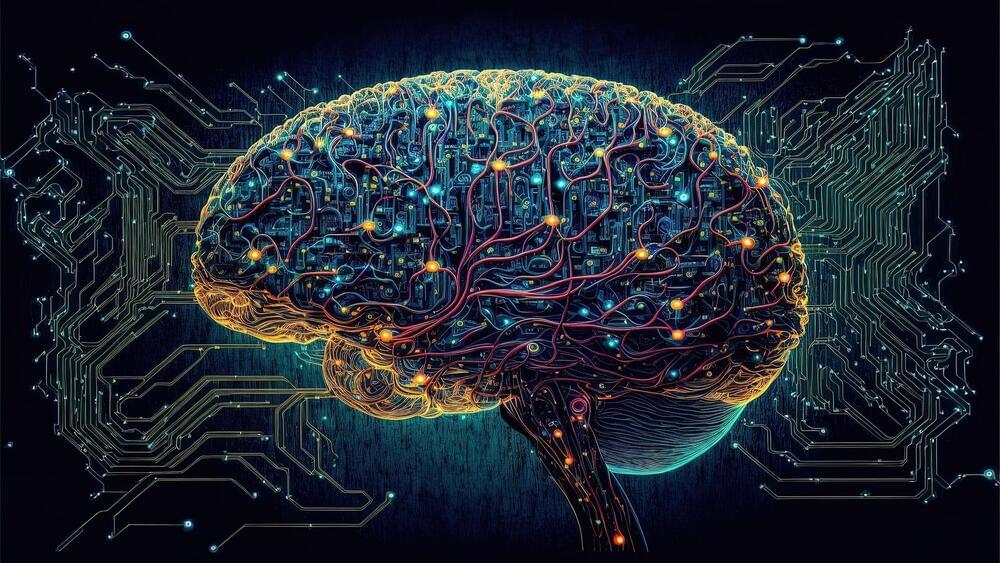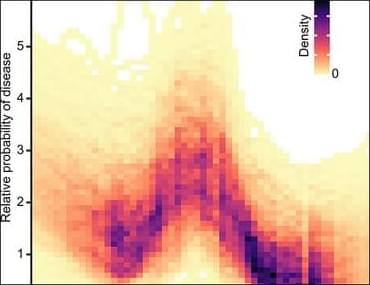Apr 28, 2024
Scientists use salt, water to prove brain-like computer can exist
Posted by Gemechu Taye in categories: biological, robotics/AI
Iontronic neuromorphic computing has only recently broken ground but is developing at a rapid pace. A computer better than the ones living organisms already have (brain) just doesn’t exist.
This idea does spin the mind into theoretical territory around the future of AI and even consciousness.
That aside, the study published around the artificial synapse marks a significant step forward for the future of computers.


















